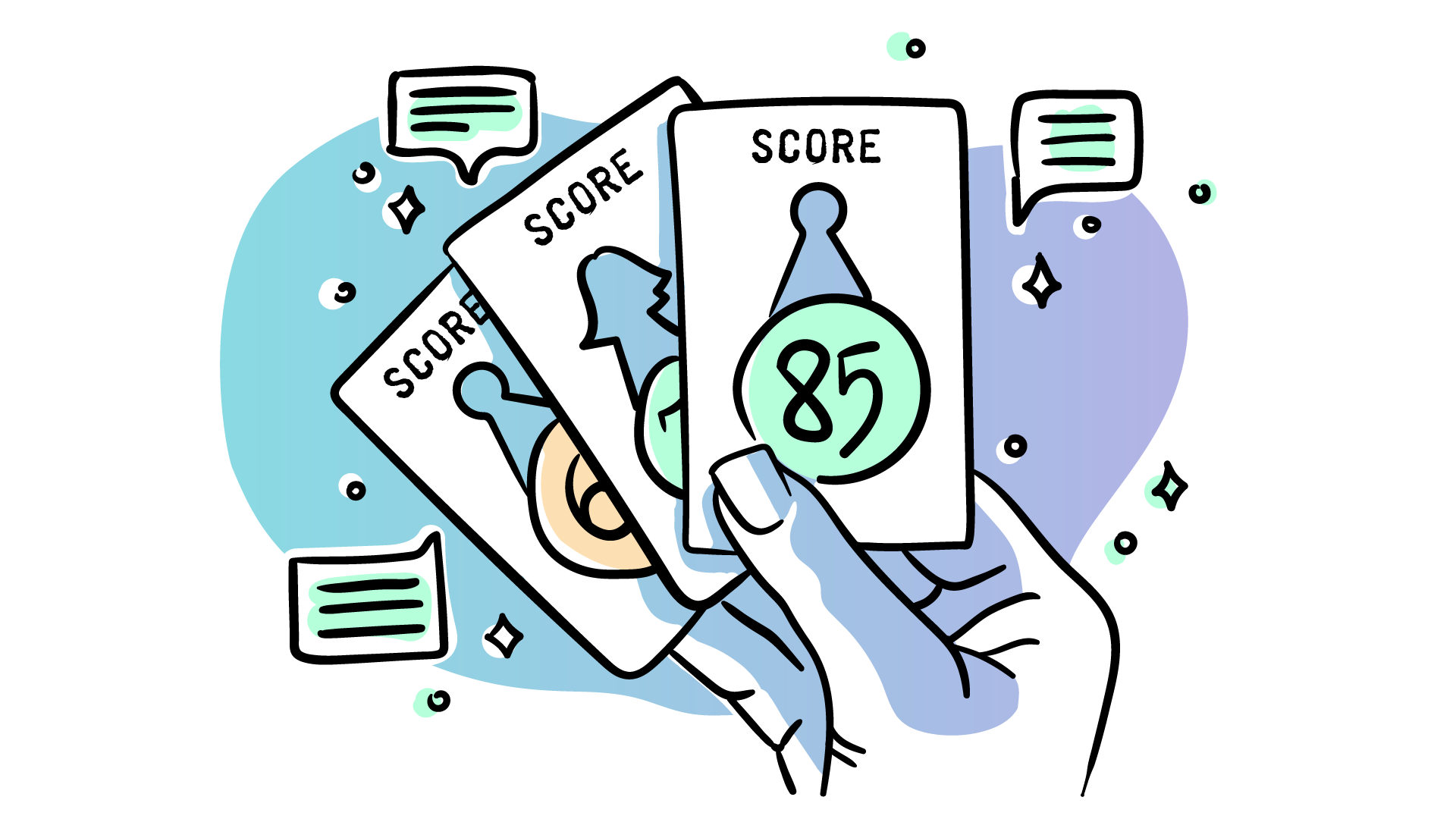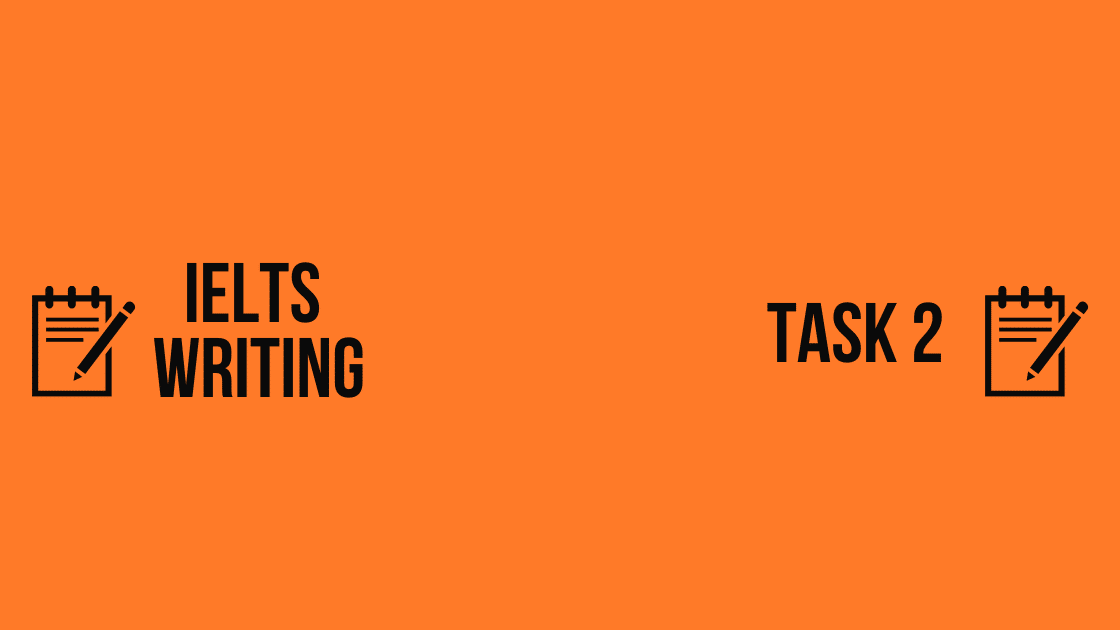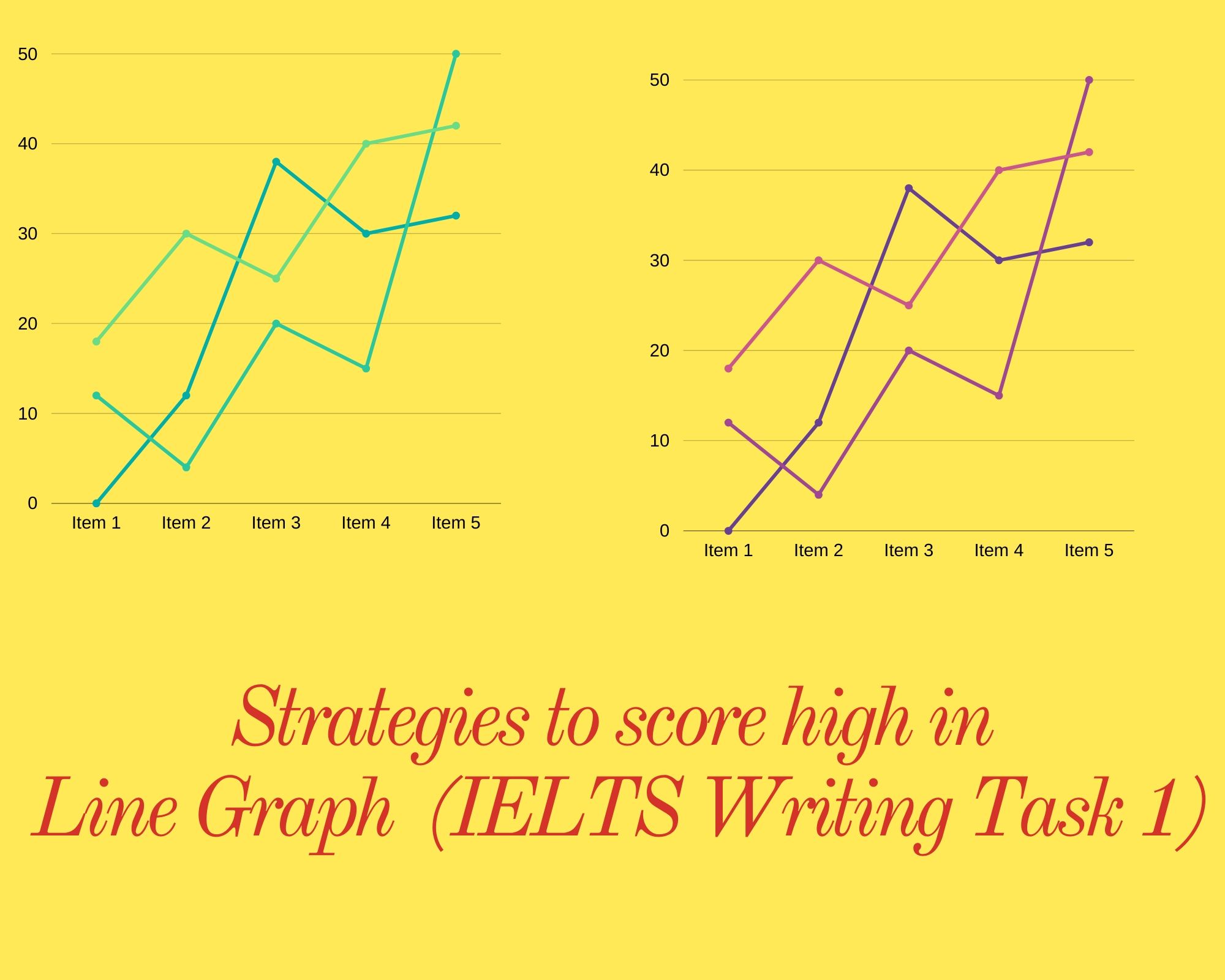IELTS vs PTE
IELTS stands for International English Language Testing System and it has two versions: Academic and General Training. The Academic version is for those who want to pursue higher education or professional registration in an English-speaking country, while the General Training version is for those who want to migrate, work or study at a secondary level in an English-speaking country. Both versions have four sections: Listening, Reading, Writing and Speaking. The Listening and Reading sections have 40 questions each, the Writing section has two tasks and the Speaking section is a face-to-face interview with an examiner. The total test time is 2 hours and 45 minutes.

PTE stands for Pearson Test of English and it has only one version: Academic. This version is for those who want to study or immigrate to an English-speaking country. It also has four sections: Speaking and Writing (combined), Reading, and Listening. The Speaking section includes a personal introduction, read aloud, repeats the sentence, describes the image, re-tells the lecture, and answers short questions. The Writing section includes summarizing written text and writing essays. The Reading section includes multiple-choice, re-order paragraphs, fill in the blanks, and read & write fill in the blanks. The Listening section includes summarizing spoken text, multiple-choice, filling in the blanks, highlighting correct summary, selecting missing words, highlighting incorrect words, and writing from dictation. The total test time is 3 hours.

Scoring
IELTS uses a band score system from 0 to 9 for each section and for the overall score. The scores are reported in half or whole bands. For example, you can get a band score of 6.5 or 7.0, but not 6.7 or 7.3. The scores are based on the performance criteria such as fluency, coherence, vocabulary, grammar, pronunciation, etc.
PTE uses a numerical score system from 10 to 90 for each section and for the overall score. The scores are reported in whole numbers only. For example, you can get a score of 65 or 66, but not 65.5 or 66.5. The scores are based on enabling skills such as oral fluency, written discourse, spelling, grammar, etc.

Price
The price of both tests varies depending on the country and the test center where you take the test. However, generally speaking, IELTS is slightly more expensive than PTE. For example, in India, IELTS costs INR 16,250 while PTE costs INR 15, 900. However, PTE charges an extra fee of INR 2,000 if you book your test within 48 hours of your test date.
Availability
Both tests are widely available across the world in many countries and cities. However, IELTS has more test centers than PTE as it is older and more established. For example, in India, IELTS has over 80 test centres while PTE has over 50 test centres (as of August 2023). However, PTE has more test dates than IELTS as it is computer-based and can be scheduled anytime throughout the year.

Acceptance
Both tests are globally accepted by many universities, colleges, employers, and immigration authorities in English-speaking countries such as Australia, Canada, New Zealand, the UK, and the USA. However, IELTS has a wider acceptance than PTE as it is more recognized and trusted by many institutions and organizations. For example, in Australia, IELTS is accepted by all universities while PTE is accepted by most but not all universities (as of August 2023).
In conclusion, there is no definitive answer to which test is better or easier as it depends on your personal preference, purpose, and goal. However, some general factors that you can consider are:
– If you prefer a paper-based test with a human examiner for speaking, you might prefer IELTS.
– If you prefer a computer-based test with automated scoring for speaking, you might prefer PTE.
– If you need a higher score to be equivalent to IELTS (from IELTS Band 7.0 to IELTS Band 9.0), you might prefer IELTS.
– If you need a lower score to be equivalent to IELTS (from IELTS Band 4.0 to IELTS Band 6.5), you might prefer PTE.
– If you want to save some money and book your test at short notice, you might prefer PTE.
– If you want to have more test center options and wider acceptance, you might prefer IELTS.
Ultimately, the best way to decide is to do some research on the requirements and expectations of your target institution, organization, or country and to take some practice tests to see which one suits you better.





















